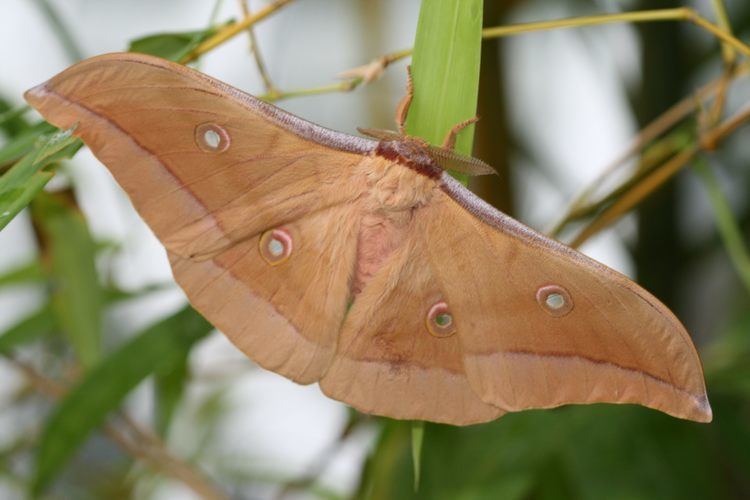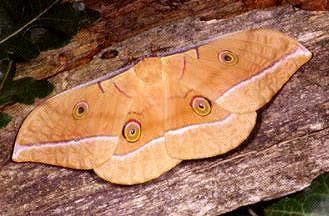Tribe Saturniini Rank Species | Genus Antheraea Higher classification Antheraea | |
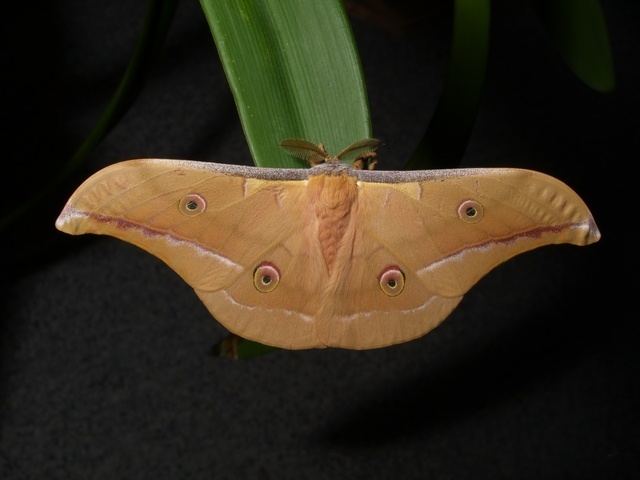 | ||
Similar Antheraea, Insect, Butterflies and moths, Royal moths, Antheraea yamamai | ||
Antheraea pernyi eggs and l1 caterpillars
Antheraea pernyi, the Chinese (oak) tussar moth (or "Chinese tasar moth"), also known as temperate tussar moth, is a large moth in the family Saturniidae. Antheraea roylei is an extremely close relative, and the present species might actually have evolved from ancestral A. roylei by chromosome rearrangement.
Contents
- Antheraea pernyi eggs and l1 caterpillars
- Antheraea pernyi 5th instar 3 defecating
- Immune System
- References
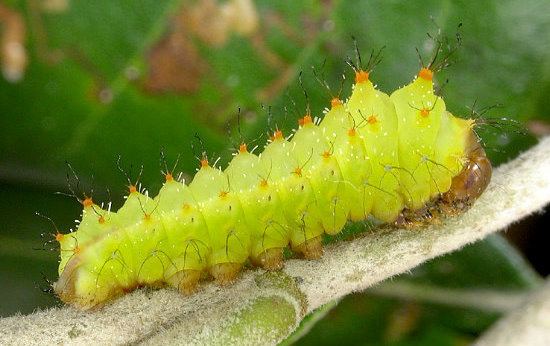
They are originally from southern China. Used for Tussar silk production, they have been distributed more widely across subtropical and tropical Asia. Unlike the domestic silkmoth which is entirely dependent on human care, tussah silkmoths can survive in the wild if they escape from captivity; small local populations of such feral stock may thus occasionally occur. The colour and quality of the silk depends on the climate and soil.
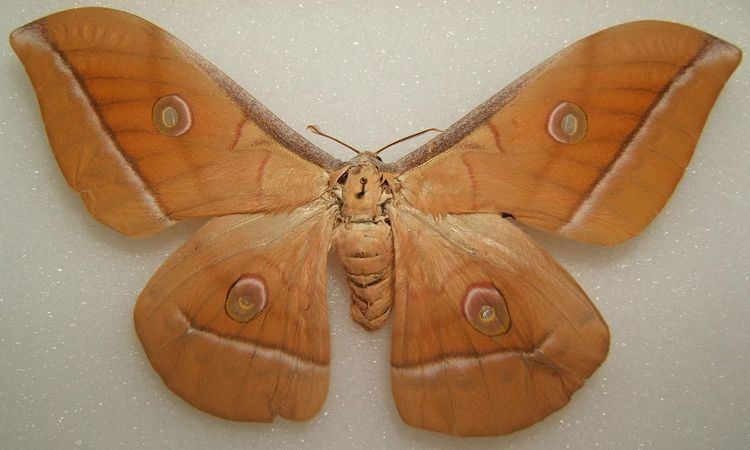
This is one of the major producers of Tussar silk. It was of commercial importance during the Han Dynasty and early Three Kingdoms era, about 200 BC to 250 AD. More recently, the hybridogenic species Antheraea × proylei is being bred for tussah silk production. It originated from a natural hybrid between male A. pernyi and A. roylei females, F1 females of which were backcrossed to A. pernyi males. For reasons unknown, it is a case of paternal mtDNA transmission: the mitochondrial genome, normally inherited from the mother only in sexually reproducing organisms, is almost identical to that of the present species.
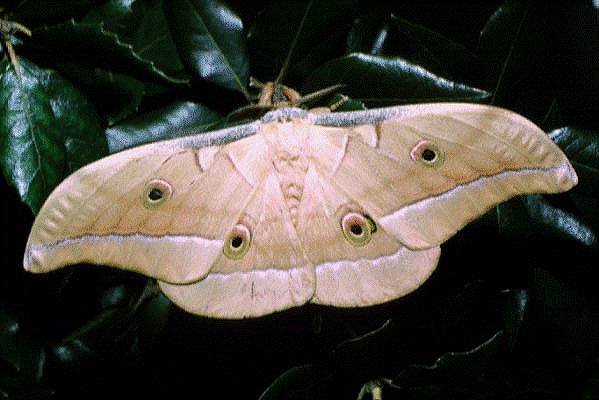
Antheraea pernyi 5th instar 3 defecating
Immune System
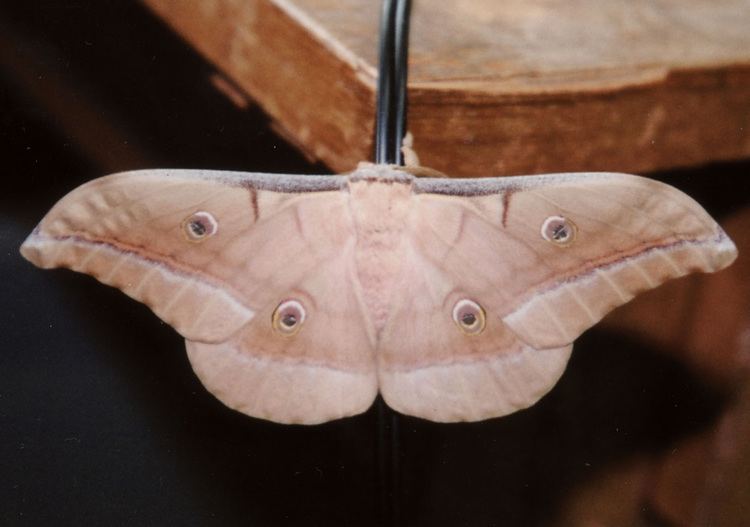
The immune responses of A. pernyi to bacterial infection have been analyzed based on injection by Escherichia coli D31. Cecropin B and D, hemolin, attacin and lysozyme were detected in the hemolymph. Also, injection of E. coli led to the discovery of a 380-kDa lectin with affinity to galactose and resulted in an increase of hemagglutinating activity. A. pernyi has been used in research on virus defense in insects. It was discovered that hemolin was induced after injection of baculovirus, but also by double-stranded RNA.
